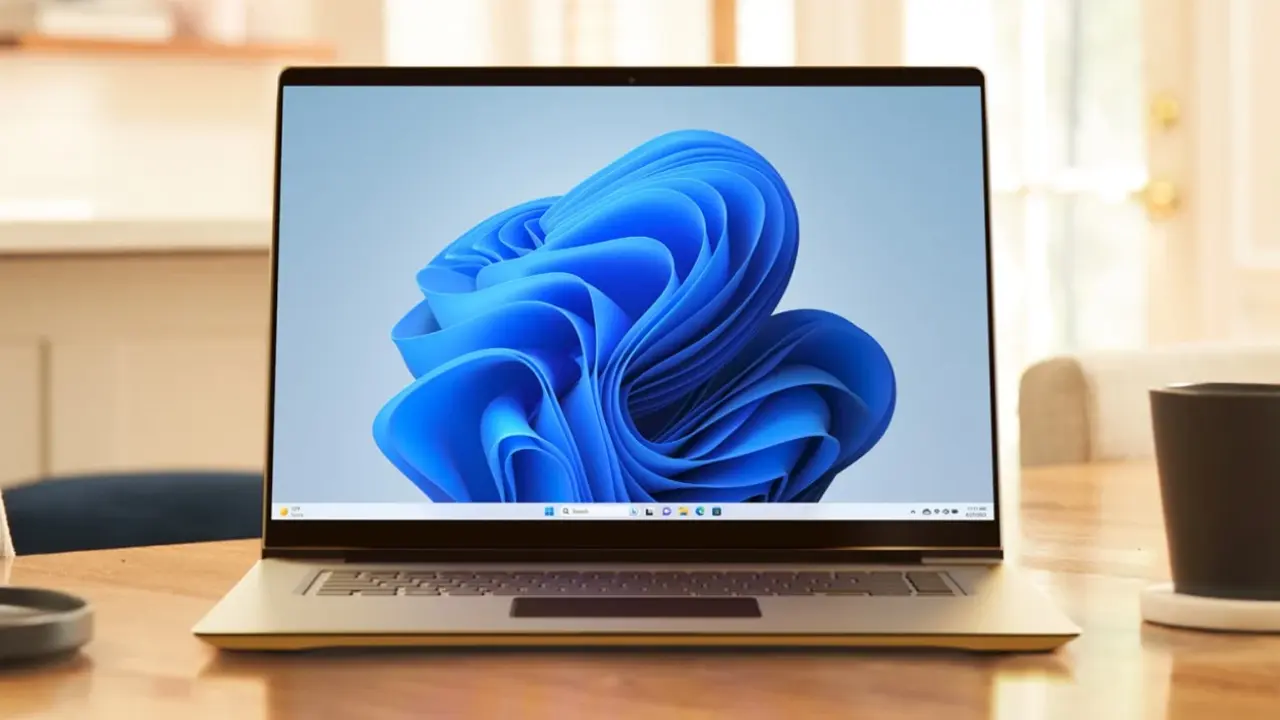Microsoft is introducing a new energy management feature aimed at extending battery life in Windows 11 laptops and tablets. This feature, called “adaptive energy saving,” dynamically adjusts system power consumption not only based on battery percentage but also current usage conditions. The feature was introduced in the latest Canary version of Windows 11.
Windows 11 introduces new energy management features
The current Windows 11 battery saving mode activates when a certain threshold—for example, 20% battery—is exceeded and performs standard actions such as reducing screen brightness, disabling visual effects, and limiting background activity. However, this approach does not take into account the current system load or usage patterns. The new adaptive system removes these limitations.

In the new system, energy saving can be activated not only at low battery levels but also at high battery levels. The operating system can decide whether to enable or disable energy saving based on current system load, power status, and usage habits.
This allows users to enjoy longer battery life without encountering traditional restrictions like reduced screen brightness or limited system performance.
Adaptive energy saving can be enabled via the Settings > System > Power & Battery menu. The feature is optional; users can either enable this new system or continue using the existing fixed-threshold battery saving system.
Microsoft’s move follows criticisms regarding the energy efficiency of Windows 11 systems, particularly those running on portable game consoles and lightweight devices. The company also recently announced a more simplified version of Windows 11 for handheld consoles. The new energy management system is seen as a software complement to this simplification.












